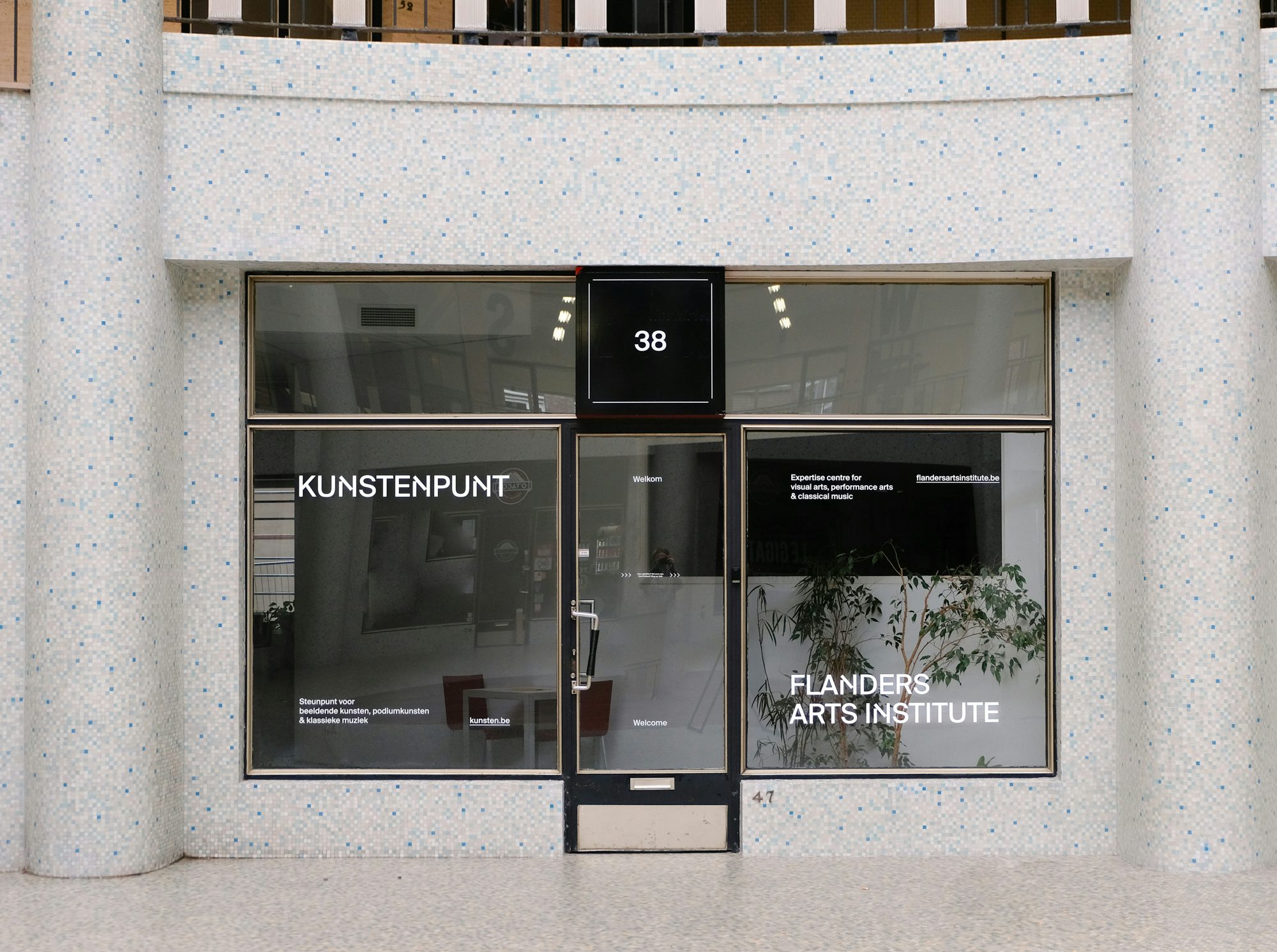Gedeelde grond (‘Shared Ground’) is a series of conversations with arts professionals from Flanders. What do they dream about? What do they worry about? We asked Jeroen Vanacker, who is in charge of music strategy and programming at BOZAR. After more than 20 years of experience at Concertgebouw Brugge, he talks about the move to Brussels, the diversity of the capital and the responsibility of a federal cultural institution.
Summary
After more than 20 years of experience at Concertgebouw Brugge, we find Jeroen Vanacker at the Centre for Fine Arts. There he has been in charge of musical programming since August 2024. The move from Bruges to Brussels has several implications: Bozar is located in the centre of the capital and, as a federal cultural institution, focuses on both language communities.
“You have a different kind of expectation and responsibility. It is also striking that we often know very little about the French-speaking side of the country and its cultural life, although – certainly for music or visual arts – that shouldn’t really be a limit. Also the fact that it is the capital, not only of our country but also of Europe, gives a certain expectation of internationalism: if I compare it to Bruges, the international effect there is more the result of its own ambition and initiative. Whereas in Brussels it is also simply expected of us.”
Another difference lies in the demographics of the city: the diversity of a metropolis like Brussels brings new opportunities, new audiences to reach. “In Bruges, of course, we were also working on diversity, participation and outreach. But the communities there are small, or sometimes completely absent. Whereas here I remember a concert by Karsu, a Turkish singer, in January: that room was full, at least 80% of which was from the Turkish community. That’s a vastly different feeling, isn’t it? You also feel the gratitude of finding each other there, which is very nice to see. And that is typical of the city of Brussels and its diversity. That you make such important moments possible for very many different communities.”
Different audiences also bring different interests and styles. Who likes what? Who is allowed to have an opinion, and on what basis? These discussions about quality also have a place at Bozar. “For me, quality is a plural concept, there isn’t one kind of quality. In the past, in the context of Bozar, that was often seen as a Berliner Philharmoniker performing a fantastic Mahler symphony in the main hall. Yes, that is quality, absolutely. But what does the concert do to an audience at any given moment? That’s what it’s also about. Is it purely about that top orchestra playing a top work, or is it also about the importance of giving an artist a place here for a particular community, and showing that this Palace of Fine Arts is also there for them?”
“I think, for example, of a project in Bruges prison where we brought in polyphony for a small group of female prisoners. And one quote always stayed with me from one of those ladies, who said, “it was like I had goose bumps inside”. I think that’s one of the most beautiful ways to describe an experience of music, or an experience of art tout court. How that came in, in very poor acoustic conditions – of course you can do a concert in Bozar, in the Concertgebouw in Bruges, in wonderful conditions. The optimal way to listen to that music. But you can also do it in a bone-dry little hall in Bruges’ prison. And have all the boxes been ticked off in terms of which elements are of quality? No. But what came about there was of such incredible quality. It meant something so special to those participants that I can only conclude: quality is multiple. There are so many ways to look at quality based on what it did and meant to the people who were involved.”
Besides music, Bozar focuses on visual arts, film, performance, literature, words and more. While these disciplines used to be side by side before, they now increasingly play off each other. From a multidisciplinary, to a transdisciplinary house. “And that really is Bozar’s strength. The exhibition When we see us, on black joy, is currently running: a very nice overview of black painting in the 20th and 21st centuries. Around it, there is a film programme, but also concerts linked to the theme. These all reinforce each other. There is also an artistic, cross-disciplinary meeting every week where we can inspire and inform each other.”
We traditionally end the conversation with a look to the future: what are Jeroen’s dreams for our arts field? “I am actually quite positive when I look at everything that is being done today and how there is a lot of focus on equality, equity and diversity. There is still work in all those areas, but you do feel that there is a kind of common ground where everyone does feel convinced to move further in that direction. In that sense, I feel we should now have the time and stability to bring those efforts to completion.”
“I feel that there is a huge momentum in our arts field at the moment, but everyone should be able to continue working stably in that direction. And that geopolitical developments should not lead to the erection of more borders or scare, causing people to retreat to certainties, when we are just trying to expand our perspective. We are not there yet at all, so we should be given time to complete that growth process.”
Download the full transcription here (in Dutch)


